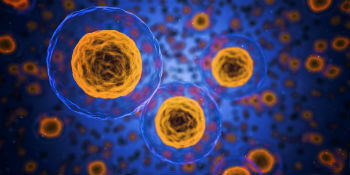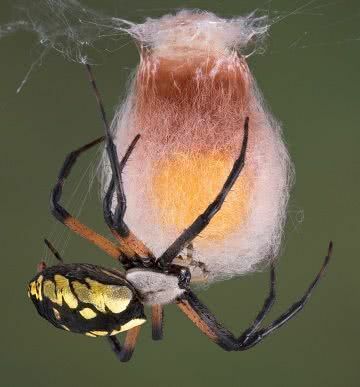The Central Nervous System (CNS) is responsible for receiving and transmitting information throughout the body. We can define it with the command center that coordinates the body's activities.
The Nervous System has several divisions. Anatomically, it is divided into:
- Central Nervous System (CNS): brain and spinal cord;
- Peripheral Nervous System (SNP): nerves and nerve ganglia that connect the CNS to the organs of the body.
Anatomy of the Central Nervous System
O Central Nervous System is formed by the brain and spinal cord. We can say that it is located within the axial skeleton, even though some nerves penetrate the skull or spine.
The Central Nervous System is protected by bony parts. The brain is guarded by the skull and the spinal cord by the spinal column.

Anatomy of the Central Nervous System
brain
O brain it is formed by the brain, cerebellum and brainstem. It has around 35 billion neurons and weighs approximately 1.4 kg.
Brain
O brain it is the most massive portion and the main organ of the Nervous System. It is responsible for commanding motor actions, sensory stimuli and neurological activities such as memory, learning, thinking and speaking.
It is formed by two halves, the right and left hemispheres, separated by a longitudinal fissure. The two hemispheres comprise the telencephalon.
They work together, however, there are some specific functions for each of the hemispheres. The right hemisphere controls the left side of the body and the left hemisphere controls the right side.
Blood flow in the brain is quite high, surpassed only by the kidneys and heart.
Cerebellum
O cerebellum or metencephalon represents 10% of the brain volume. It is related to maintaining body balance, controlling muscle tone and motor learning.
Thus, as in the brain, the cerebellum has two hemispheres separated by a narrow band, the vermis.
brain stem
The brainstem consists of the midbrain, pons and medulla oblongata.
The midbrain is the smallest part of the brain stem, located between the pons and the brain. The bridge is located between the midbrain and the medulla. In the medulla, the lower part connects to the spinal cord and the upper part to the pons.
Spinal cord
THE spinal cord it is the most elongated part of the central nervous system. It is characterized by a cylindrical cord, composed of nerve cells, located in the inner canal of the spinal vertebrae.
The spinal cord's function is to establish communication between the body and the nervous system. It also coordinates reflexes, times when the body needs a quick response.
It is from the spinal cord that the 31 pairs of spinal nerves originate. They connect the spinal cord to sensory cells and various muscles throughout the body.
Learn more about Nervous system.
meninges
The entire Central Nervous System is covered by three membranes that isolate and protect it, the meninges.
The meninges are:
- Dura mater: It is the most external, being thick and resistant. Formed by connective tissue rich in collagen fibers. Its outermost portion is in contact with the bones.
- Arachnoid: It is the intermediate membrane, between the dura mater and the pia mater. Its structure looks like a spider's web, hence its name.
- pia mater: It is the most internal and delicate, in direct contact with the CNS.
The arachnoid and pia mater are separated by the cerebrospinal fluid or liquor. It provides mechanical protection and shock absorption to the organs of the Central Nervous System. It still provides nutrients to the brain.
Also know about:
- limbic system
- Peripheral Nervous System
- Exercises on the Nervous System


